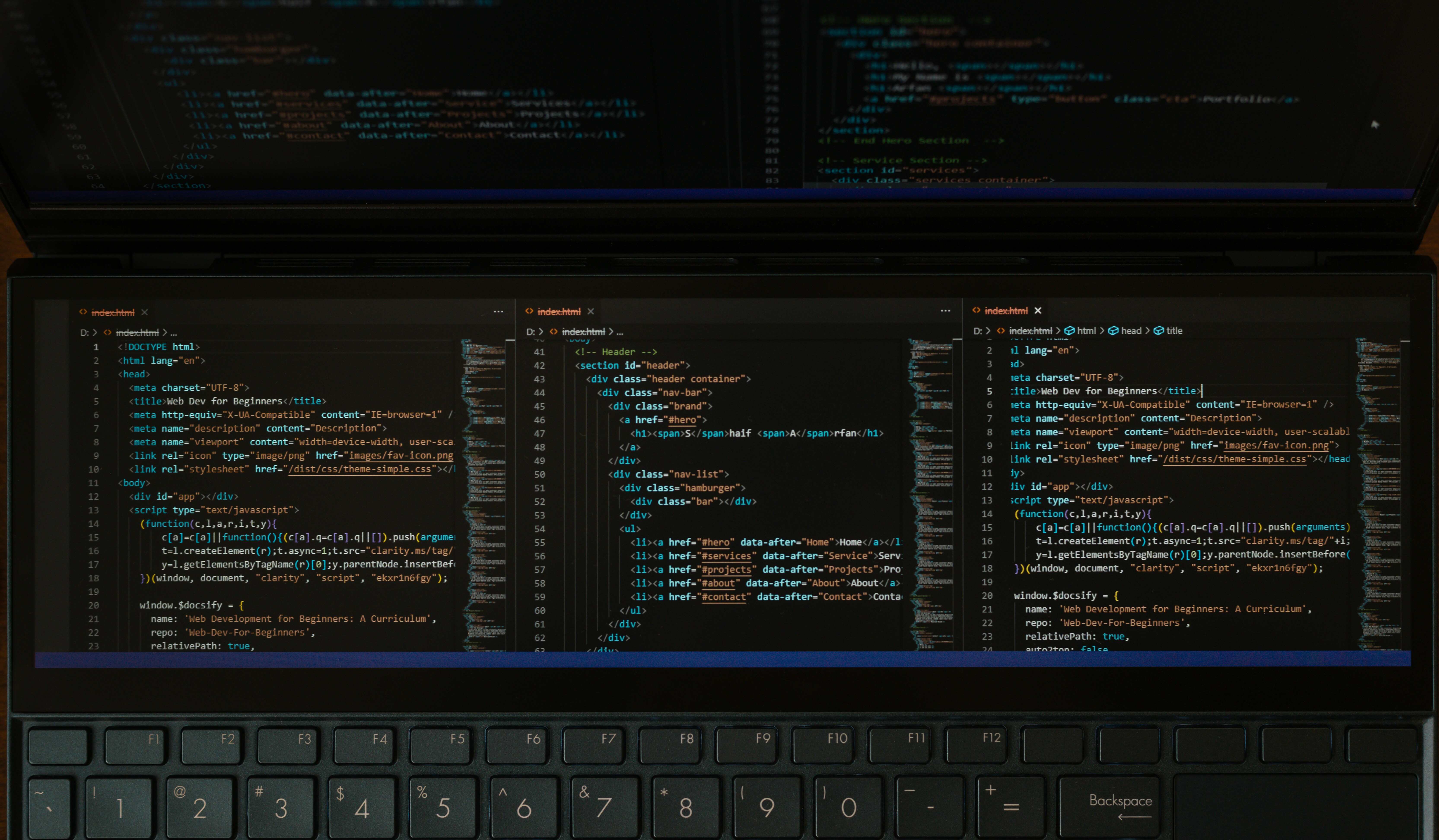How Can You Encourage Innovation?
15 Dec, 20225 minutesWhen you, as an IT leader, are able to foster innovation, it not only benefits IT itself but...

When you, as an IT leader, are able to foster innovation, it not only benefits IT itself but the business it serves and you personally. It shows that you are an internal agent of change and a valuable asset.
Companies that recognize this build their culture and processes in a way that encourages innovation. You have realized that waiting for prompting is not the right way to move forward.
Put simply, innovation is what your business needs to bridge the gap between where it is now and the future you envision in which it will thrive. So how can you encourage this innovation and drive it forward in the workplace? Below we give you some tips on how to do just that and increase the success of your teams and your company in the innovation process.
1. Define your definition of IT innovation and recognize the opportunities
First, you need to determine if there is a culture of innovation in your organization. Whether your employees can come to you with new ideas or whether suggestions are perceived as annoying. When employees have the opportunity to innovate and contribute to your organization's mission and goals, their engagement increases. They feel part of a whole and see how their work advances the company. That's a great motivator.
But you can't just go to your employees with a vague idea to innovate. That's too broad a spectrum to give to anyone. You will not feel motivated or encouraged. Asking a team to innovate is like asking an athlete to play better. So if you want your employees to innovate and encourage that culture, you first need to define what IT innovation means for your business. It can be anything: the successful development, implementation, extension, or improvement of a technical process, a business process, or a software or hardware product. It can even revolve around cultural factors that reduce costs, increase productivity, increase the company's competitiveness or, bring any other business benefit. As you may be able to tell, the range of IT innovations is very wide. So we encourage you to expand your goal and pitch this idea to your IT teams.
2. Know the difference between project management and research and development
IT projects are inherently very project management oriented. This means they are clearly defined by deadlines, specific cost estimates, deliverables, and calculated/expected returns on investment. However, with research and development, you cannot plan into your plan that the big discovery and breakthrough will happen on a specific day. Instead, the big breakthrough will come when it does, or possibly not at all. Therefore, it is difficult to calculate the return on investment for this type of project. As an IT executive, you must decide whether the project is worth investing in or whether you want to use project management techniques instead.
3. Building an innovative/productive pipeline
Building an innovative culture is not only people-oriented but also process-oriented. You need to develop a formalized process that identifies, collects, evaluates, and implements innovative ideas. Without this process, great ideas and potential innovations die in the bud. It must also be recognized and understood that innovative ideas can come from many directions, e.g. from your employees, internal business partners, customers, suppliers, competitors, or through accidental discoveries. The reason it is important to define the most likely sources of innovative ideas is that you can develop idea-collection processes for each source.
4. Accept the unfair expectations of others of IT
Any software or service you develop will be compared to purchased software and services. It's not fair, but people do it anyway. Consequently, the evaluation of new processes and software must be done in this unfair sense and expectations must be set accordingly. Incorrect or excessive expectations can damage the IT team's overall reputation and make it difficult for the business to agree to fund the team's innovative ideas.
5. Note form and content
This doctrine states that all outcomes, no matter how large or small, must have both form and content. The shape means how it looks. The content is what it says or how it works. This applies to documents, systems, processes, and everything else that is shared with others. A form with no content is a new system that looks perfect but doesn't do what people want it to do. Content without form shows that the person or group delivering it offers too little and doesn't take pride in their work to make it look good. From the point of view of promoting innovation, all implemented ideas must follow this doctrine, otherwise, the new innovations will not be well received by your department and thus jeopardize your entire innovation goal.
6. Create a safe environment when innovation fails
When you are presented with an innovative idea, good or bad, commend the person's effort, interest, and initiative. When good ideas are presented, they are included in the aforementioned innovation pipeline. Less attractive ideas can become lessons in which you explain to the employee why they won't work and give them hints about h ideas are more likely to win. And should you approve an idea and allow the employee to spend time implementing it, and it fails, praise the effort and don't blame the employee, or they may never propose an innovative idea again.
But how do you get your employees to be creative, innovative, and risk-taking? And what exactly does it mean to be creative or innovative? These terms are thrown around so often that it can be difficult to keep track. As a result, many leaders don't know how best to encourage their employees to look at problems and processes differently. Here are some tricks to motivate your employees throughout the innovation process.
- Be clear about what you want
- Show employees that it's worth taking the risk
- Celebrate successes and learn from failures
- Provide mentoring and training
- Create a culture where people care about each other.
To Conclude
Encouraging innovation is a continuous journey that requires dedication, open-mindedness, and a willingness to adapt. By embracing a growth mindset, creating a safe and inclusive space, fostering curiosity, and providing the necessary resources, you can cultivate a culture of creativity that propels your organization, team, and personal endeavors toward groundbreaking achievements. Remember, innovation is not a destination; it's an ongoing process that enriches lives and drives progress.
If you have experience in the IT industry or are new to this field and want to explore possible ideas, you can contact us and have a confidential interview with one of our recruiters! If you are looking for new vacancies, follow the link to the current vacancies page.







